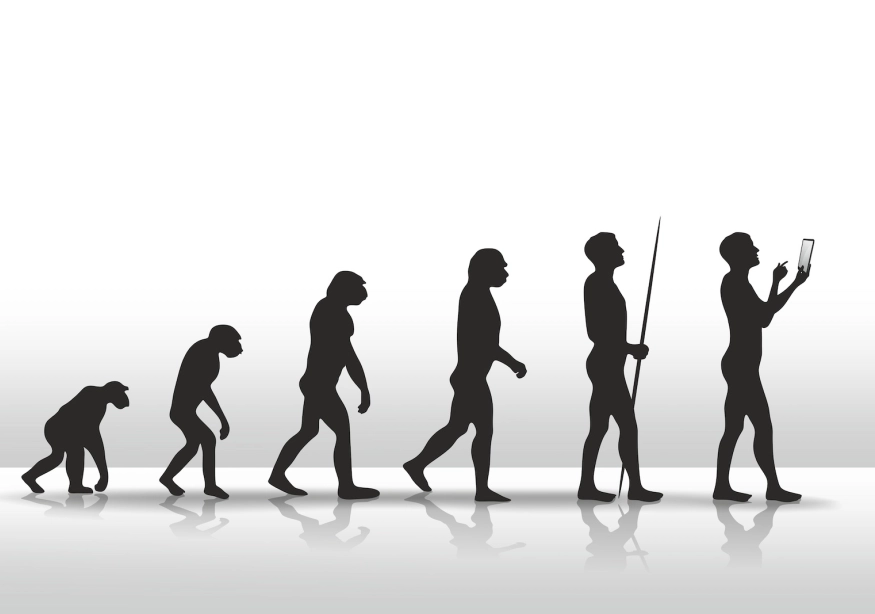Scale with customized CMS after a fast and efficient implementation
Content management systems (CMS) have become a fundamental tool for organizations to manage their digital content. From blog posts to web pages, CMS platforms provide businesses with an efficient way to create, edit, and publish content on their website. But with so many options available in the market, selecting the right CMS can be challenging, and often raises a whole barrage of what feel like fate-twisting questions.
Which CMS platform should you choose? What are the right steps to conducting a successful implementation? How is a DXP and a CMS related? What other integrations do you need? Go with a headless CMS?--what the heck even is that?
Because of these questions and more, we put together everything you need to know to prep, start, move forward, and see the future of a successful CMS implementation.
Enterprise content management system (CMS) implementation
Enterprise CMS platforms differ from traditional or lightweight CMSs in that they are more robust, scalable, can handle high traffic volume, and often come with security features key to keeping large organizations safe. When selecting an enterprise CMS, businesses should consider factors such as customization, integrations, security, and maintenance, and should ask themselves what types of capabilities each of their departments needs to be successful.
Content Management Systems (CMS) Tailored for Enterprise Needs: WordPress vs. Drupal
WordPress and Drupal are two of the most popular CMS platforms, each with its unique features and benefits.
Wordpress
The less “corporate” of the two, WordPress is free, open source, and came to fame as a super powerful engine used for blogging and building themes. In particular, WordPress is great for businesses who lack coding experience but who want particular components built into their site, as WordPress’s backend is extremely user-friendly. Due to cost, a large community of developers, and endless amount of customizable themes, WordPress is popular among small to medium-sized enterprises.
Drupal
On the other hand, Drupal is a highly robust CMS designed for security and scalability wrapped into one succinct and powerful engine. Overall, Drupal tends to fall in favor over WordPress when it comes to businesses in need of an extremely secure CMS, though this tight attention to security sometimes sacrifices customization to ensure an air-tight site.
Still one-size-fits-all, Drupal is often the CMS of choice for large enterprises, used to build their website and manage their e-commerce, mobile apps, social channels, kiosks, intranet, resource directories, and more. Drupal powers over 1.7 million websites and is advocated by developers and marketers alike.
Wordpress and Drupal head-to-head: Summarizing systems according to key CMS capabilities
User-face
Drupal: Complex web-building.
WordPress: Easy-to-use.
Security
Drupal: Extremely secure, high walls and full artillery against hacking.
WordPress: Secure, but sometimes compromised by third-party plugins.
Search Engine Optimization (SEO)
Both systems are well structured for SEO.
Customization
Drupal: Calls for razor-sharp development expertise to execute customizations.
WordPress: A plethora of customizable themes and templates, easy to use.
Speed & performance
Drupal: Better equipped to handle juggling thousands of pages.
WordPress: Easily optimized for speed with the right implementation provider by your side.
E-commerce
Drupal: Commerce function offers a comprehensive suite of features.
WordPress: Create an online store, add products, and of course, apply ecommerce plugins with SEO capabilities on top of that.
Headless CMS: It's time to cut off your head
A headless CMS is a content management system that decouples the front-end presentation layer from the back-end–i.e., it cuts off its head. Cutting off your CMS’s head provides greater flexibility, scalability, and improved user experiences that ultimately lead to an optimized, well-oiled business. A headless CMS allows businesses to use multiple front-end channels such as mobile, web, or kiosks, and can more easily push content to these channels by taking development-heavy processes out of the equation. Your content creators no longer have to rely on developers to create in order to publish content.
Ask your implementation provider if they can cut off your head, and you’ll reap these benefits:
Manage content, control customization
Integrate with other systems
Scale
Improve experiences on all ends of your site
Become future-proof
Say no to hackers
Help your developers make your designers’ dreams come true… and vice versa
Critical questions to ask your CMS implementation provider
Selecting the right CMS implementation provider is critical. Unless you have a more than competent development team fluent in all things CMS, the implementation journey will cause an extreme obstacle in your operations. Businesses should consider the provider's experience, expertise, and cost when selecting a provider, and should be prepared to more or less fuse with the provider’s team for the full duration of the implementation.
Before getting started, ask your provider these ten critical questions to ensure both parties are aligned:
1. How will this CMS integrate with our current tools?
2. Will our designers and developers have a good user experience?
3. Are there limitations on the content we can manage?
4. What’s the implementation timeline?
5. Will this CMS help the company produce content faster?
6. Does this CMS support our reach in growing markets?
7. Can we do a gradual implementation of this CMS?
8. What differentiates your CMS from others?
9. How do you facilitate content migration?
10. What is the CMS vendor’s vision for content management going forward?
Choosing a CMS: Tips for a successful implementation
Once you’ve decided on your organization’s preferred CMS platforms, it’s imperative that your leadership team considers several factors to ensure a successful implementation, such as the size of your organization, budget, desired features, and technical expertise (per department). Once a CMS is selected, businesses should follow a well-defined implementation process, including setting goals, planning, testing, and training. Proper implementation ensures the CMS is configured correctly and optimized for performance.
Generally speaking, a CMS expert will offer these five point of advice for following through with a successful implementation:
1. Execute a fast and efficient content migration plan, with a fully comprehensive redirect matrix for cleaning out undesired pages.
2. Ensure new content management and creation processes are put in place and align to take full advantage of your new system.
3. Thoroughly train every last corner of your organization on how to use the new system. Even if they’re only using the system 50% of the time, train them. Your content departments will thank you.
4. Regularly test functionality by simulating user activities. Ensure your system runs smooth and is clean of potential bugs/issues by incorporating a bug-reporting system easily accessed by the rest of your organization.
Preparing for a successful content migration
Content migration is the process of transferring content from one CMS to another. Proper planning and execution are essential to ensure a smooth transition, because without that, things can get pretty messy.
Generally speaking, the process includes mapping out the content to be migrated, exporting data, importing data, and verifying the accuracy of the migrated content kept clean and ordered by using a redirect matrix. A successful content migration ensures the CMS platform is set up correctly, that all content is transferred accurately, and in practice tends to look something like this:
5 steps to a successful content migration
1. Evaluate your content data: This step is easy. Essentially, ask yourself how your site is put together pre-migration and measure it against how you’d like your site’s content to be arranged after the fact.
2. Restructure your website: Now that you’ve evaluated your content, take the chance to take a magnifying glass to your website. Which pages perform the best? Which offer the most value? These are going to be the building block for your new content plan and page architecture.
3. Edit your content anew: Rebrand or strengthen your brand. The way you organize content is about to change, so you should take this opportunity to make sure your content is firing on all cylinders. What’s your tone? What’s your message? What’s your style?
4. Apply new sitemap: Work with your design team to ensure your site’s content architecture functions according to all current circumstances and needs.
5. Start migration timeline: Set a launch date and don’t look back.
The next big step: What is a DXP vs. a CMS?
You've completed your enterprise-level CMS implementation, and now your content and marketing teams keep bringing up this other acronym--and whenever they talk about it to you, they’re really really excited. “DXP,” they say, eyebrows bouncing suggestively.
Digital experience platforms (DXP) are often thought of as the next evolution in content management systems, which isn’t wrong, but is only sort of half right. A DXP is a complete stack of digital marketing tools, including content management, whereas a CMS platform is specifically designed to manage content creation, storage, and publishing. DXP is a comprehensive platform that integrates multiple digital technologies, including CMS, analytics, personalization, and commerce, to deliver a seamless and personalized user experience across multiple channels.
DXPs combine components usually found as separate software. Powerful DXPs bent to enterprise needs tend to come in an all-encompassing cloud-based suite full of marketing and sales tools built to work with large sets of customer data–exactly what your content and marketing teams need. In effect, a DXP allows you to efficiently create, distribute, and track content (engagement, and other analytics) across multiple channels. A DXP frees you of the obstacles and restrictions imposed by single-site functionality.
As you’re shopping around, keep these items in mind for your essential DXP stack:
Content management system (CMS)
Marketing automation
Personalization
Customer data platform (CDP)
e-commerce
Search
Digital asset management (DAM)
A vital component: Integrating a customer data platform (CDP) with your CMS
An integral CMS integration, a CDP is a platform that collects and manages customer data from various sources to deliver personalized experiences to customers. Integrating a CDP with a CMS enables businesses to deliver relevant and personalized content to customers based on their data. CDP and CMS integration allows businesses to manage content and data from a single platform, improving efficiency and accuracy.



